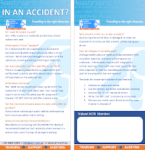I’ve been asked to assess the condition of a child safety seat?
There are two general scenarios a service technician will be asked to check the condition of child safety seats – and both expose the technician to tremendous risk.
- Insurance company or agent
- General consumer trying to cut costs
This article will discuss both scenarios separately;
Insurance company or agent
Intention: We are yet to see an enquiry of this style that isn’t nefarious in intent. The agenda of the insurance agent or company representative is simply to absolve themselves of all risk by putting it on to you. Simply put – it is not wise for your organisation to assess the condition of a child safety seat in this scenario. Ever. You will know nothing of the history, and any that is given to you may not be accurate – If the insurance company is following best practice policies it should be replacing any of it’s client’s child safety seats that have been involved in any type of accident, immediately. The ACRI Network has a standard response email that you can paste into a response email, and send it to the agent.
Dear INSERT_NAME,
Thank you for your enquiry. Unfortunately as a member of the ACRI Network, we at INSERT_MEMBER_HERE can not assess the condition of any child safety seat that has been involved in any type of collision due to the potential risk for the child. It is our best practice policy to advise your client to discard of the safety seat responsibly and purchase a new one that is suitable for the child’s current requirements. Please see the link below for a brochure on our policy.
Download “In An Accident Flyer”
Yours sincerely,
INSERT_EMAIL_SIGNATURE
General Consumer Enquiry
Intention: While this can be an enquiry by a financially shrewd client, or one that doesn’t understand the risks – it can also sometimes be a client who is under financial pressure with few options – and are more than likely going to use the child safety seat unsafely if you don’t assess the seat.
Best Practice: Explain to the client that the potential risk is too great, even in a small collision, for you to assess whether the seat is safe to continue use – there can be unseen damage or stretching to the webbing, buckles, shell or anything else that means the seat may not act as intended by the manufacturer in a collision. Provide them with a physical or digital copy of the “In An Accident” flyer.
Extenuating Circumstances: Explain to the client that the potential risk is too great for you to assess, however these are the things they should look at before making their decision – but don’t give them an assessment of the seat that in any way says that it is safe for continued use, knowing that it has been involved in an impact.
Brief overview of your responsibility:
- You can use words such as “It appears that there is no visible damage to xxx” but do not say something is fine to use. For example, include clear wording such as “due to the potential risk we do not assess whether a used child safety seat is safe, but we can say that there appears to be no visible damage to xxx”.
- Document photos
- Explain the potential risk could be significant and you are not assessing whether the child seat should be used or not.
- Provide the client with the “In An Accident” flyer located here…
Best practice to explain what they client should look for:
- Are the AS/NZS 1754 Australian Standards safety stickers intact and visible.
- Is the child safety seat still under 10 years old, or in compliance with the recommended age from the manufacturer.
- Are there any cracks or stress marks/fractures in the shell.
- Is there any mold on the seat – anywhere.
- Are the straps and webbing, including tether, in perfect condition – no stretching, no wear and tear, no damage.
- Are the buckles still functioning correctly.
- Has the safety seat been involved in a severe, or moderate collision – if so don’t use it.
- Does the safety seat still have all it’s original components, including instructions for correct use.
Download “In An Accident Flyer”
NB: This site contains information intended only for the person on the ACRI membership list and is subject to legal privilege. Any duplication or copy, even in segments, infringes on copyright


